10+ Best Shopify Headless Examples In 2025

For the past few years, especially after the presence of the Covid-19 outbreak, the eCommerce industry has advanced dramatically with the purpose of providing customers with the most seamless and convenient shopping experience. In order to meet the demands of customers, online stores have to constantly strive for innovation and catch up with the latest technology trends.
Headless commerce seems to be a prominent trend that has recently received plenty of hype from both small and medium-sized businesses and big enterprises. Shopify, one of the most dominant eCommerce platforms at the moment, has helped merchants embrace this trend by offering Shopify Plus. In this article, we will discuss the most successful Shopify headless examples to help you get a general idea of headless Shopify.
What is headless commerce?
Headless commerce refers to the architecture behind an eCommerce solution in which the frontend of a website is “decoupled” from the backend. Simply understanding, headless commerce allows you to separate the digital storefront from all the backend commerce functions. The two separated sides will work independently and communicate through APIs (Application Programming Interfaces), which gives store owners more control over the customization of the frontend or “presentation layer”.
If you are new to this technology, we offer comprehensive articles for a better understanding of headless commerce:
Shopify headless commerce insight
At the moment, Shopify is the leading eCommerce platform with over 23% market share and over 1 million users. It’s true that Shopify is the best choice for small and medium-sized businesses – but it is only half of the story. In 2014, Shopify launched its upgraded plan Shopify Plus, which is specifically designed for high-volume enterprise brands.
With the aim of giving business a customizable enterprise solution, Shopify Plus always strives for the best-advanced technology, and headless architecture is one of them. When you go headless with Shopify, all the backend functions Shopify provides remain intact, while you have full ability to make use of different frontends to power the customer-facing side of your Shopify store. The headless approach saves you some limitations that come with the default Shopify – such as inflexible URLs structure and opens up a huge range of possibilities for customization and personalization options.

Knowing how headless commerce can have a profound impact on the way eCommerce merchants do business, Shopify is now developing Hydrogen – a React-based framework to help Shopify merchants and developers build custom storefronts that deliver the best personalized shopping experiences. Shopify Headless and Hydrogen are expected to be the game-changer in the eCommerce industry when merchants now achieve more control on the highest front-end performance while maintaining Shopify-optimized eCommerce components on the backend.
Best Shopify headless examples to follow in 2025
In order to deeply understand how Shopify headless works, let’s analyze the best example of headless stores powered by Shopify.
1. Babylist
Since adopting the Headless approach, Babylist saw a 145% YoY increase in order volumes, a 300% increase in monthly iOS app checkouts after the first month, and their gifts given through the online platform grew 102% YoY.
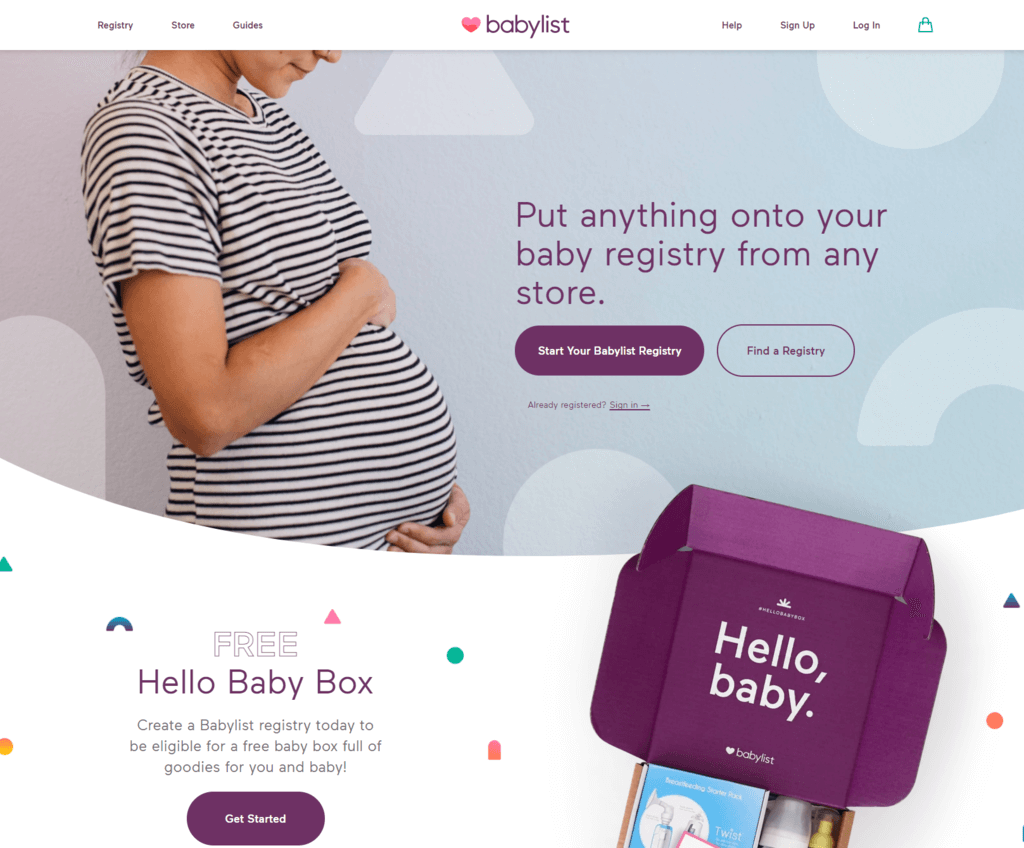
2. BonLook
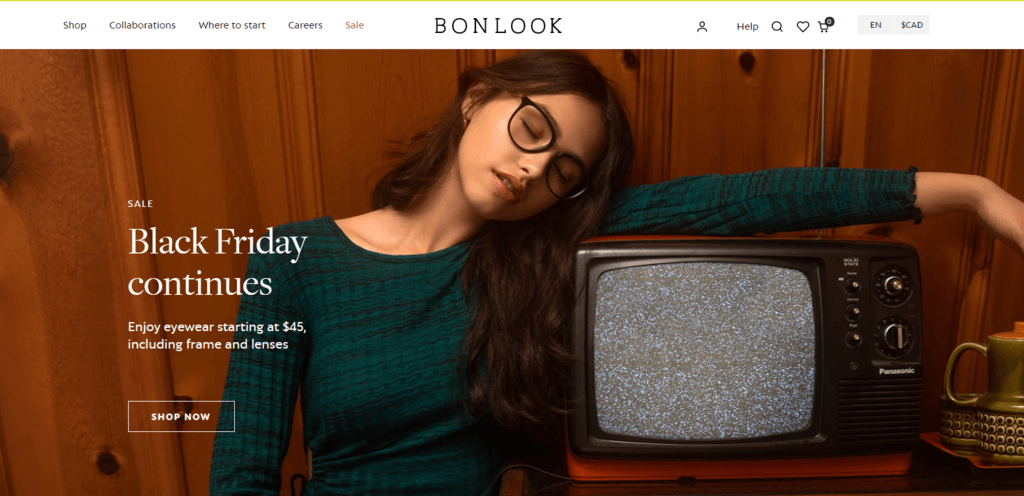
3. FIGS
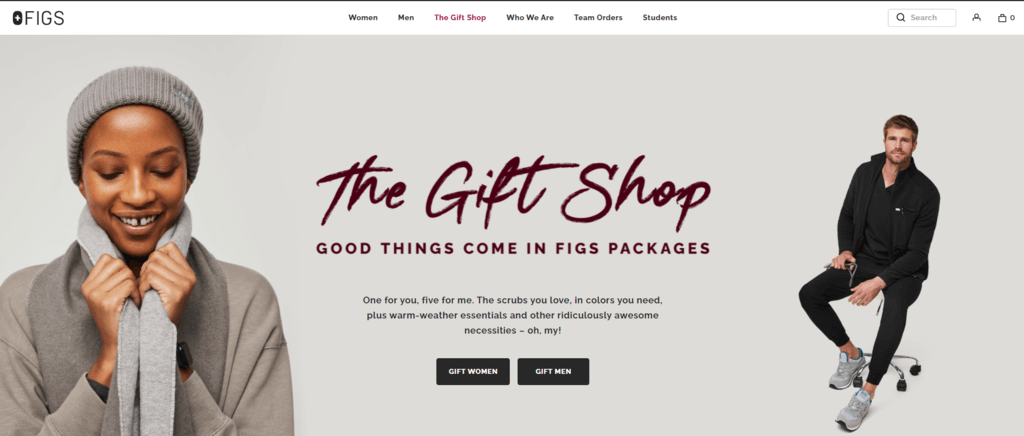
4. Bols
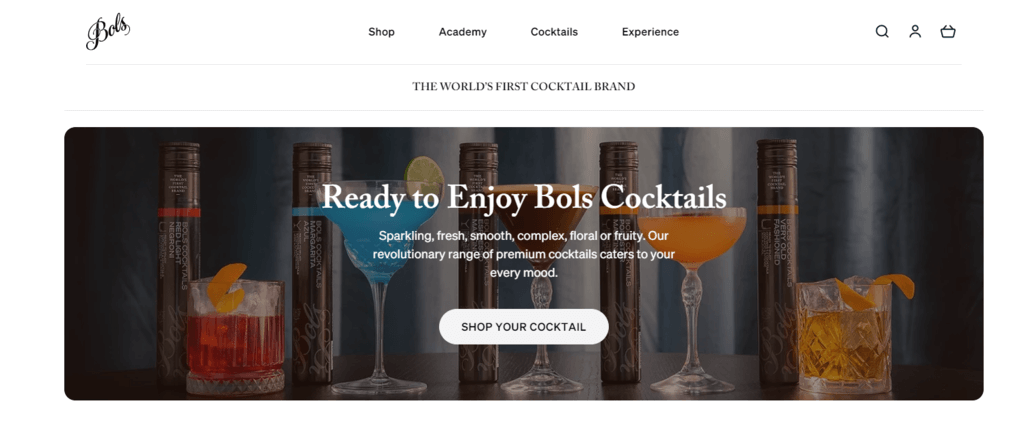
5. Victoria Beckham Beauty
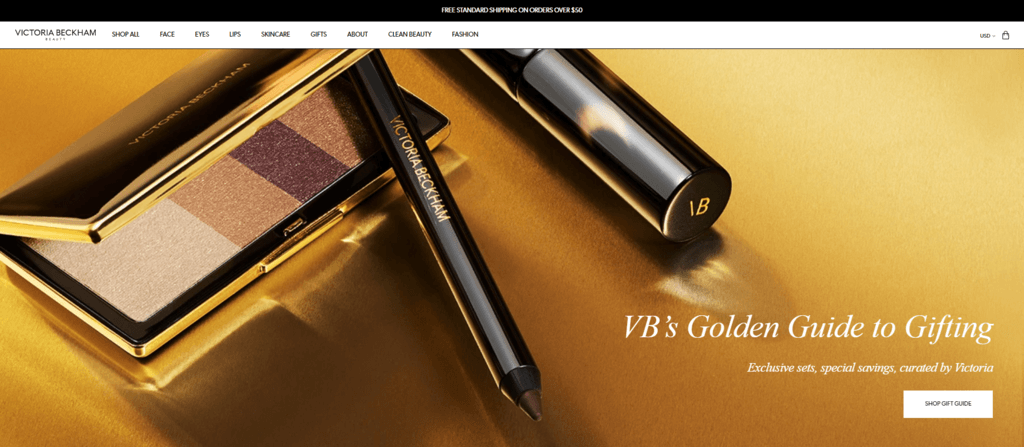
6. KOTN
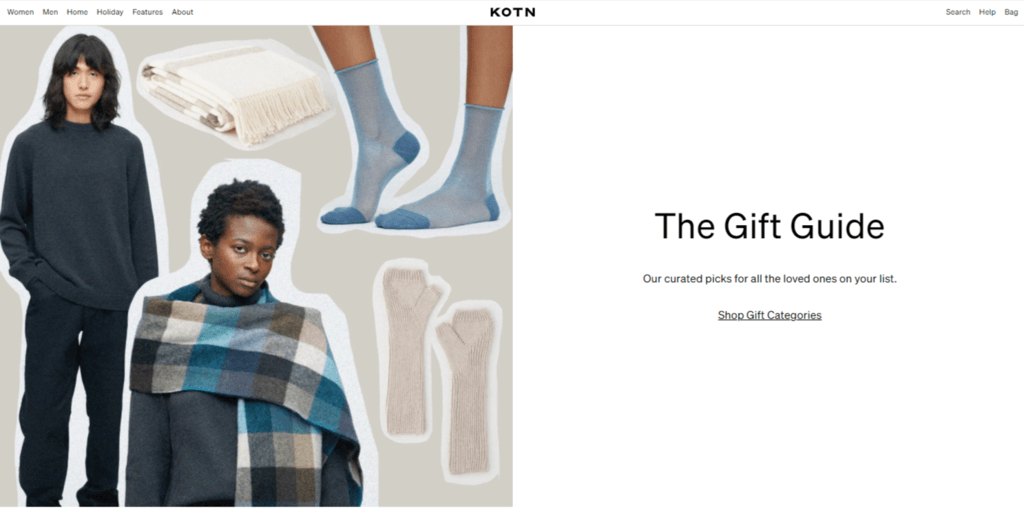
7. The Feed
The Feed, a nutrition, fitness and wellness marketplace, was struggling with sluggish site performance and frontend design limitations before going headless. With the aim of providing a faster and more seamless website experience for consumers, and improving time-to-market for new products, The Feed has decided to relaunch their site using Shopify Plus as their headless platform, and Shogun Frontend to manage their frontend. Faster site performance and dynamic homepage features have decreased The Feed’s bounce rate by 4.5% and increased the number of page views per session by 10.8%.

The Feed – a typical Shopify headless example shows how the right setup can transform user experience and drive engagement.
8. Bamford
The headless-based technology transformation has leveraged their web performance significantly. Within the first 6 months of relaunching, Bamford enjoyed a 140% increase in revenue, 35% increase in traffic, and 60% increase in conversion rate.
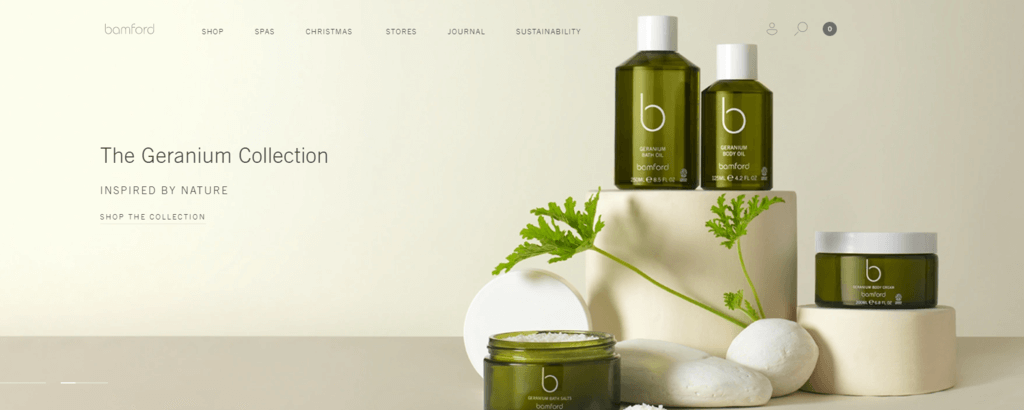
9. Grass Roots Farmers’ Cooperative
Grass Roots Farmers’ Cooperative is a farmer-owned cooperative selling sustainable meats across the US. They believed headless is a cutting-edge technology that could help them create incredible experiences, so they picked Shopify Plus as their headless commerce platform of choice. Besides, they integrate multiple platforms such as Netsuite and Ruby on Rails to support custom product pages, checkout and business management. The headless approach also considerably enhanced PWA performance at their store as well.

For brands seeking Shopify headless examples, Grass Roots shows how cutting-edge technology can power seamless e-commerce experiences while keeping business operations efficient.
Our progressive web app significantly increased our mobile average order value. With the increase in revenue, we support our sustainability efforts.
Cody Hopkins, Founding Farmer and CEO, Grass Roots Farmers’ Cooperative
10. Paul Valentine
Going headless gave them the power to offer a more customized customer experience, and manage multiple global store infrastructure effortlessly. Now, Paul Valentine operates in 131 countries with 20 online stores in 8 languages – a great headless Shopify example that proves how effective this approach can be.
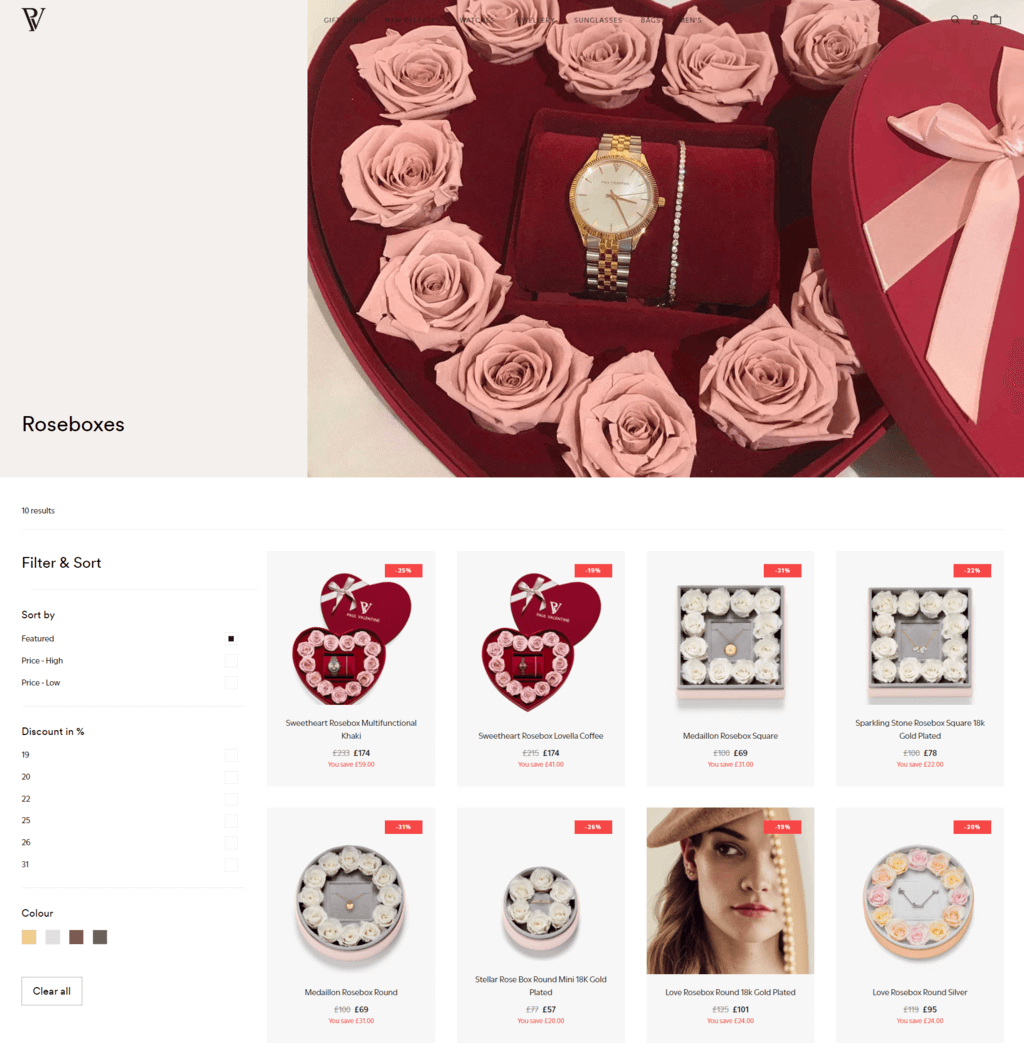
Conclusion
Going headless is not a must option when it comes to designing your Shopify platform. But considering all the long-term benefits it can offer, such as the ability to ultimate customizability and flexibility, headless Shopify seems to be a web development approach that is going to be adopted by many brands in the near future. If your Shopify business is expanding, taking your store headless might be a reasonable development to leverage your site performance.
In case you want to catch up with the latest technology trend and empower your Shopify store with headless commerce using Hydrogen, SimiCart is here to help you with that. Our Hydrogen storefront development service simplifies your storefront design process with our built-in drag-and-drop page builder tool and delivers professional store presences that highly convert.


